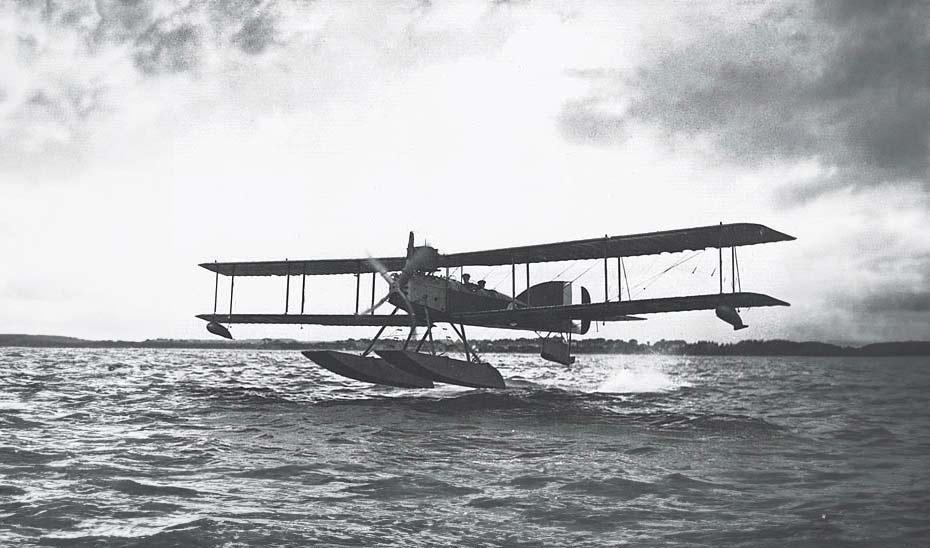The Short Type 184, a pioneering WWI seaplane, marked a significant advance in naval aviation with its remarkable design, performance, and combat roles.
This article delves into the Short Type 184, an iconic seaplane of World War I. It explores the aircraft’s development history, innovative design, performance characteristics, and its pivotal role in military operations, underscoring its significance in the annals of aviation history. The Short Type 184, introduced in 1915, stands as a landmark in the history of naval aviation. Designed as a reconnaissance and bomber seaplane, it played a critical role in World War I, showcasing the strategic importance of air power in naval warfare.
History of the Development of the Short Type 184
The development of the Short Type 184 was set against the backdrop of World War I, a period that saw rapid advancements in military aviation. The need for effective reconnaissance and bombing capabilities from the sea was crucial for the Royal Navy, leading to the commissioning of Short Brothers to design a suitable aircraft. Oswald Short, the head of the company, undertook this task.
Launched in 1914 and making its first flight in 1915, the objective was to create a versatile seaplane that could operate from ships and coastal bases, capable of reconnaissance, bombing, and even torpedo attacks. It was a response to the evolving demands of naval warfare, where the ability to gather intelligence and strike from the sea became increasingly vital.
Design of the Short Type 184
The Short Type 184 featured a biplane design, typical of the era, with a wingspan of around 63 feet (19.2 meters) and a length of approximately 40 feet (12.2 meters). Constructed mainly of wood and fabric, it was powered by a single engine located between the wings.
The aircraft’s design was pioneering, particularly in its capability to carry and deploy a torpedo, a significant advancement in naval aviation. However, its relatively large size and slow speed made it vulnerable to enemy fighters. Nonetheless, its ability to launch from water and versatility in roles were significant advantages.

Performance of the Short Type 184
Equipped with a 225 horsepower Sunbeam engine, the Short Type 184 had a maximum speed of around 80 mph (129 km/h) and a range of approximately 250 miles (402 kilometers). It could reach an altitude of about 6,500 feet (1,981 meters).
When compared to its contemporaries like the German Friedrichshafen FF.33, the Short Type 184 was slower but boasted superior range and payload capacity, especially in its torpedo-carrying role.
Military Use and Combat of the Short Type 184
The Short Type 184 saw extensive use in WWI, particularly in the Dardanelles Campaign. It was armed with machine guns and could carry bombs or a single torpedo. The aircraft made history in 1915 by becoming the first to sink a ship with a torpedo launched from an aircraft.
Despite facing competition from German seaplanes like the Friedrichshafen FF.33, the Short Type 184 proved effective in its reconnaissance and bombing roles. It was used by the UK and several other countries but was eventually phased out post-war, replaced by more advanced aircraft designs.
The Short Type 184 remains a significant chapter in aviation history, particularly in the context of naval air operations. Its design, capabilities, and operational successes during World War I highlight the evolving role of aircraft in naval warfare, laying the groundwork for future developments in military aviation. The Short Type 184 not only fulfilled its intended roles effectively but also paved the way for the integration of air power into naval strategy.
Back to the Seaplanes section.